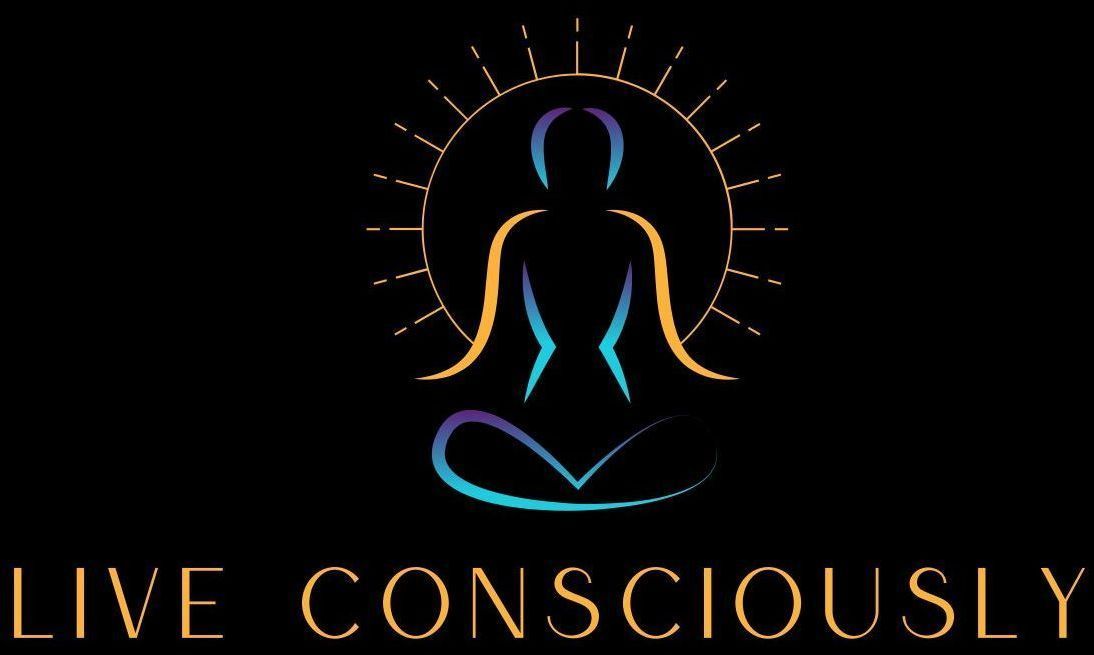BloBllkjlkjogPost Title
The Body Remembers: How Trauma and Emotions Live Within Us
I want to take a moment to share something that might change the way you think about emotions and trauma. We often believe that our emotions, pain, and past experiences live in our minds, but the truth is—they live in our bodies.
Emotions Are Energy in Motion
When we experience something difficult or overwhelming, our body has a natural response —whether it’s the urge to run, fight, or protect itself. But what happens when that response gets interrupted?
What happens when we want to push back, scream, or defend ourselves—but we don’t? That energy doesn’t just disappear. It stays within us, stored as tension, tightness, or what we call the felt sense.
Your Body Remembers
Think about a time you had an embarrassing moment in school—maybe you raised your hand to answer a question, got it wrong, and the class laughed. In that moment, your body reacted:
- Your stomach clenched
- Your shoulders slumped
- You felt small
Or maybe, as a child, you were yelled at or even physically hit, and instead of fighting back or running, your body froze in fear.
These reactions don’t just stay in the past —your body remembers them. If left unprocessed, they may show up as:
- Chronic tension
- Fatigue
- Anxiety
- Even illness
Unprocessed Emotions Stay in the Body
Another way to tap into your body’s felt sense is to recall an event or even a person, then tune into your body:
- Where do you feel it?
- How does the energy still exist inside you?
Over time, these stored experiences don’t just go away. Instead, they may surface as:
- Chronic pain
- Fibromyalgia
- A general sense of unease in the body
This is why healing trauma and emotions isn’t just about thinking—it’s about feeling.
How to Release Stuck Emotions
The only way to process these stuck emotions isn’t by ignoring them or trying to think our way out —it’s by:
- Being with them
- Feeling them
- Giving our body permission to move through what was never completed
Take a moment today to check in with your body:
- Where do you feel tension?
- Where do you notice constriction?
These are clues from your body— your story waiting to be heard.
A Simple Felt Sense Practice
When working with the felt sense, especially during a trigger or high emotional charge, try these steps:
- Name the area and the sensation(e.g., anger in the chest).
- Feel into the area of contraction —allow yourself to stay with it for a moment.
- Breathe into the area and intentionally slow your breath down.
- Sense the space around it —can you feel a shift, even if subtle?
By gently bringing awareness to these sensations, you allow your body to release what has been held for so long —bridging the gap between the body and mind.
Final Thoughts
Healing is a journey, and your body holds the wisdom you need to move forward.
- Take time to listen to yourself.
- Allow yourself to feel and process what’s been stored.
- Trust that your body is guiding you toward healing.
Wishing you peace, connection, and healing on your journey.








